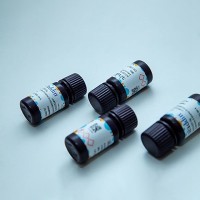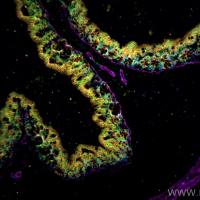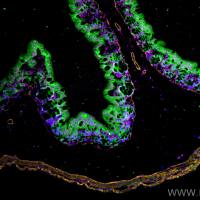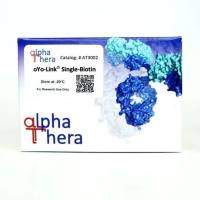Direct Immunofluorescent Labeling of Cells
互联网
704
In their original immunofluorescent labeling technique, Coons and colleagues employed a one-step, direct labeling of antigen using a fluorescein-conjugated antibody (1 , 2 ). Although this was not the first published report of a chemically modified antibody, it was the first time the antibody was used as a tool to examine an antigen in situ. Shortly thereafter, this method was adapted, giving rise to the indirect labeling technique (3 ). Rather than conjugating a marker molecule to the primary antibody, in this technique, a secondary antibody raised against the γ globulin of the primary species is conjugated with the marker molecule (Fig. 1 ). Although the direct labeling technique has the advantage of being quick, requiring a single incubation with the labeled reagent and one subsequent wash step, there are disadvantages. Each different primary antibody must be fluorescently labeled, and the resulting fluorescence is weak since only one labeled primary antibody binds to each antigen. The indirect labeling technique adds one more incubation and wash step, but it has the advantage of amplifying the fluorescent signal because several fluorescently labeled secondary antibodies can bind to each primary antibody. In addition, labeled secondary reagents specific for various species’ immunoglobulin classes are readily available commercially, stable in the lyophilized or frozen state, and relatively inexpensive.









